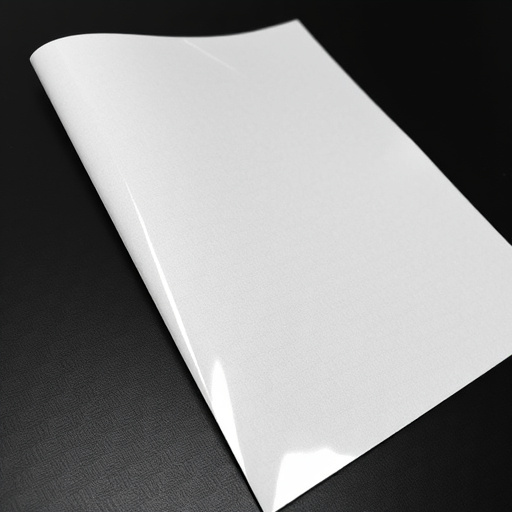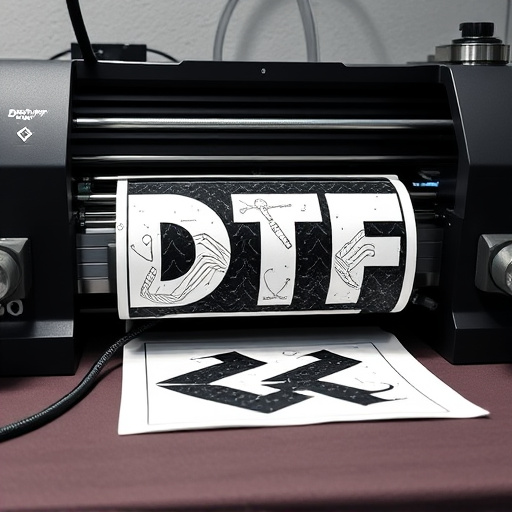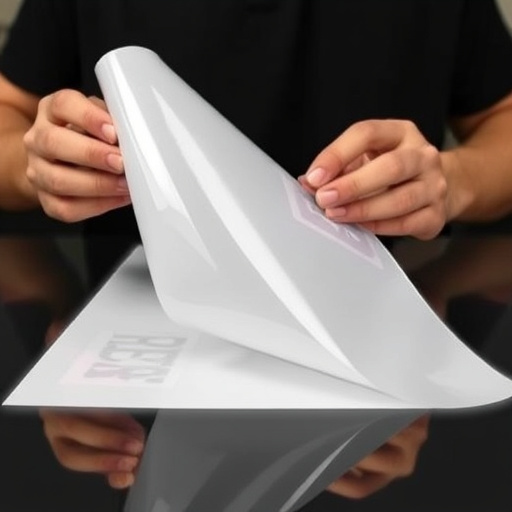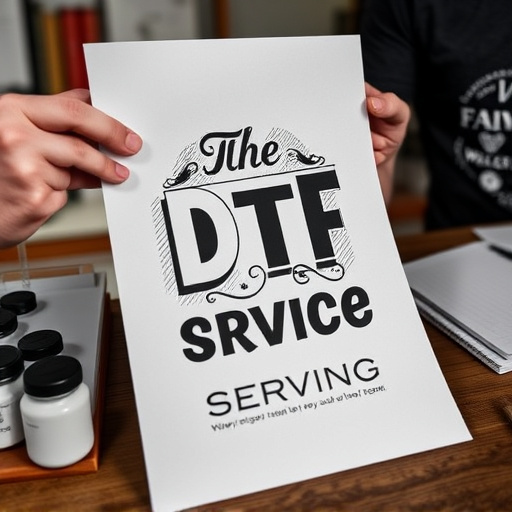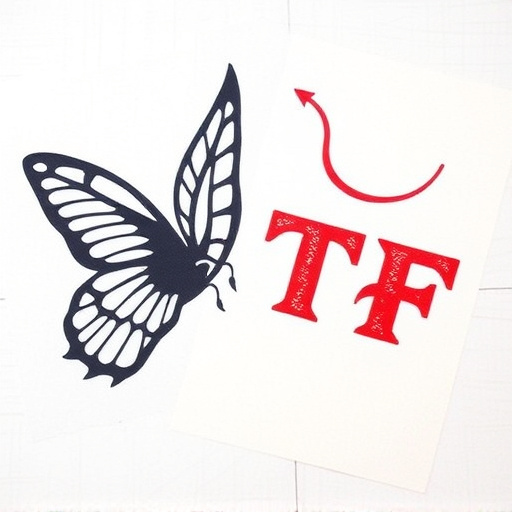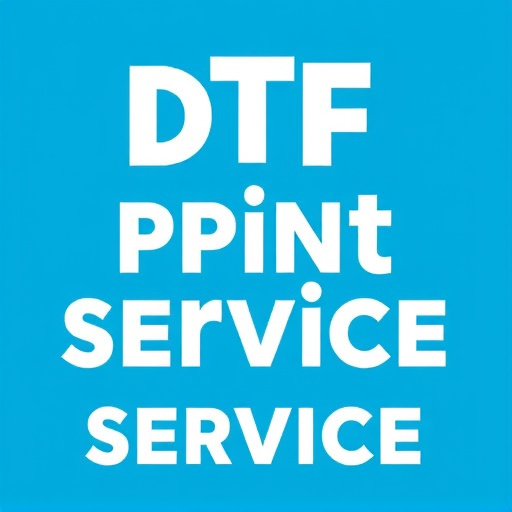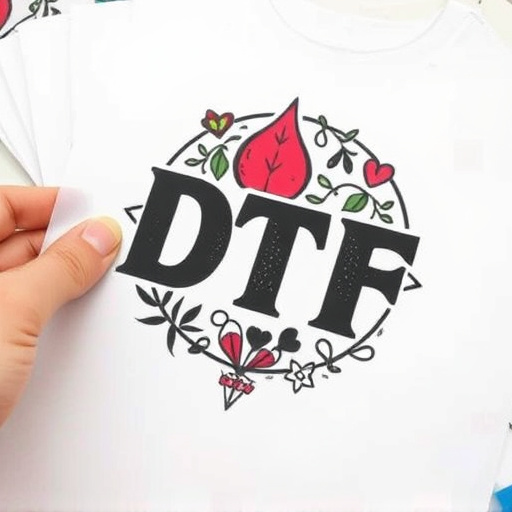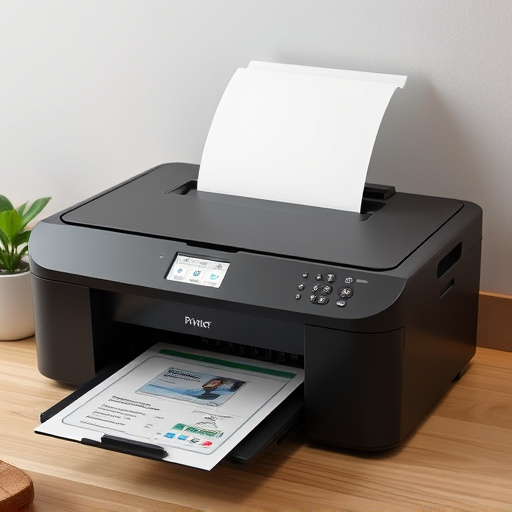Fast DTF Transfers revolutionize startup apparel and marketing campaigns by offering a cost-effective, agile solution with no minimum order quantity requirements. Utilizing Direct-to-Garment technology, startups can rapidly adapt to market trends, experiment with designs, and respond to customer demands while minimizing waste and overhead costs. Strategic planning, including competitive pricing negotiations, supplier relationships, efficient software and equipment selection, and innovative printing techniques like UV DTF transfers, optimizes startup costs and enhances ROI in the competitive textile market.
In today’s fast-paced business landscape, startups are constantly seeking innovative ways to streamline operations and optimize costs. One such strategy gaining traction is leveraging Fast DTF (Direct Transfer) transfers for financial transactions. This article explores the cost analysis of Fast DTF transfers, providing insights into their benefits and financial implications for startups. We delve into cost structures, offer optimization strategies, and help businesses maximize their return on investment in this digital age.
- Understanding Fast DTF Transfers and Their Benefits for Startups
- The Financial Implications: Unpacking the Cost Structure
- Strategies to Optimize Costs and Maximize ROI for Startup Businesses
Understanding Fast DTF Transfers and Their Benefits for Startups
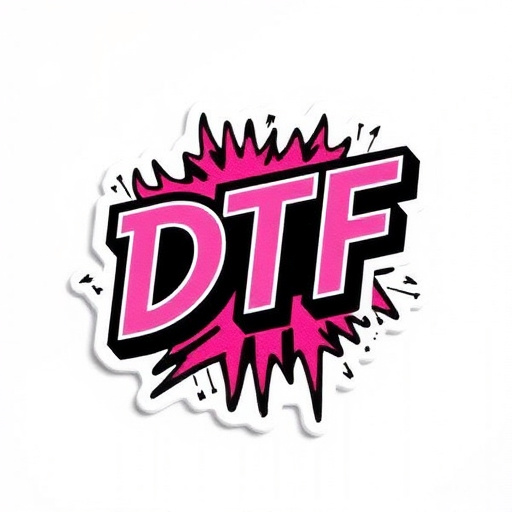
Fast DTF Transfers are a game-changer for startups looking to launch and scale their merchandise or marketing campaigns cost-effectively. These transfers use Direct-to-Garment (DTF) technology, enabling printers to apply designs directly onto fabric using heat and pressure. This method offers numerous benefits over traditional printing methods. Startups can design and order custom clothing, such as dtf printed shirts, quickly and efficiently without large minimum order quantities. DTF transfer printing is ideal for bulk orders, allowing businesses to cater to diverse customer preferences while minimizing waste and overhead costs.
By adopting Fast DTF Transfers, startups gain agility and flexibility in their production processes. They can rapidly adapt to market trends, experiment with designs, and respond to customer demands without incurring significant setup or inventory expenses. This agility is particularly valuable for young businesses aiming to establish a strong brand identity while maintaining lean operations. Moreover, the technology ensures high-quality prints on various garment types, making it a versatile solution for creating unique and appealing dtf transfer printing products.
The Financial Implications: Unpacking the Cost Structure
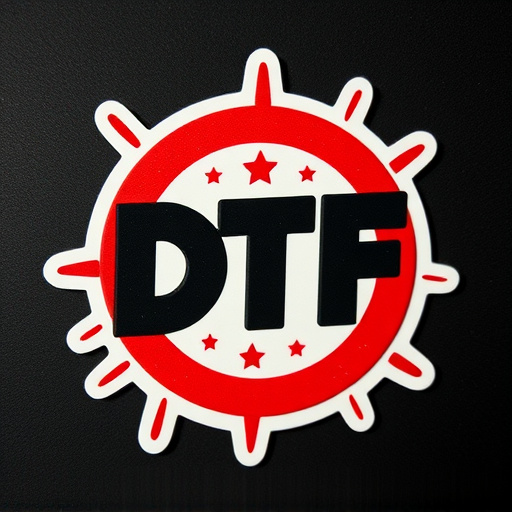
Fast DTF Transfers present a cost-effective solution for startups in the apparel and textile industry. When analyzing the financial implications, understanding the diverse cost structure is crucial. The process involves several key components, each impacting overall expenses, from initial DTF file preparation to the final DTF design transfers and DTF garment printing.
On one hand, the upfront costs related to DTF file preparation can vary based on the complexity of designs, with simple graphics or text being less expensive. On the other hand, investments in high-quality DTF design software and equipment for efficient DTF garment printing contribute to long-term savings by reducing waste and enhancing productivity. This cost analysis highlights the importance of strategic planning, demonstrating that while initial setup costs may vary, Fast DTF Transfers offer a scalable and economical path for startup growth in the competitive market of textile production.
Strategies to Optimize Costs and Maximize ROI for Startup Businesses
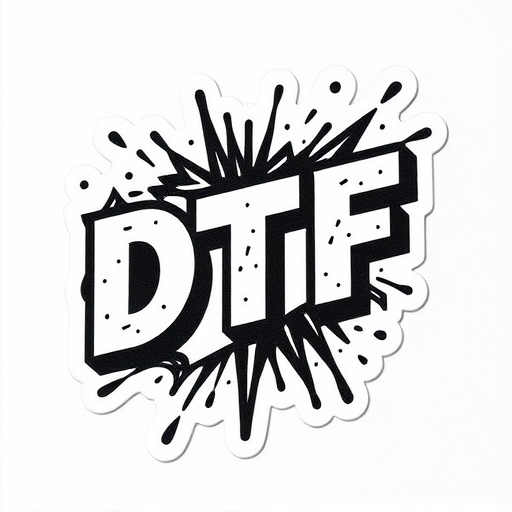
Startup businesses often face a delicate balance when it comes to managing costs and ensuring high returns on investment (ROI). In the context of fast DTF transfers, which are a popular method for creating custom apparel with vibrant designs, optimizing expenses is both crucial and strategic. One effective approach is to negotiate with suppliers; secure competitive pricing for materials and services by building strong relationships and considering bulk orders. Additionally, startups can maximize ROI by carefully selecting design software and equipment that streamline the production process, reducing human error and waste.
Another strategy involves exploring innovative printing techniques like UV DTF transfers, which offer precision and efficiency, thereby lowering per-unit costs. By implementing these tactics, startup businesses can effectively manage expenses related to fast DTF transfers while maintaining or improving their profit margins. This not only ensures financial stability but also allows them to compete in the market with compelling, custom apparel featuring stunning, vibrant designs.
Fast DTF Transfers offer startups a compelling solution for efficient and cost-effective financial management. By understanding the financial implications and implementing strategic optimizations, businesses can harness the full potential of this technology. Through careful cost analysis, startups can maximize their ROI, ensuring sustainable growth in today’s competitive landscape.
